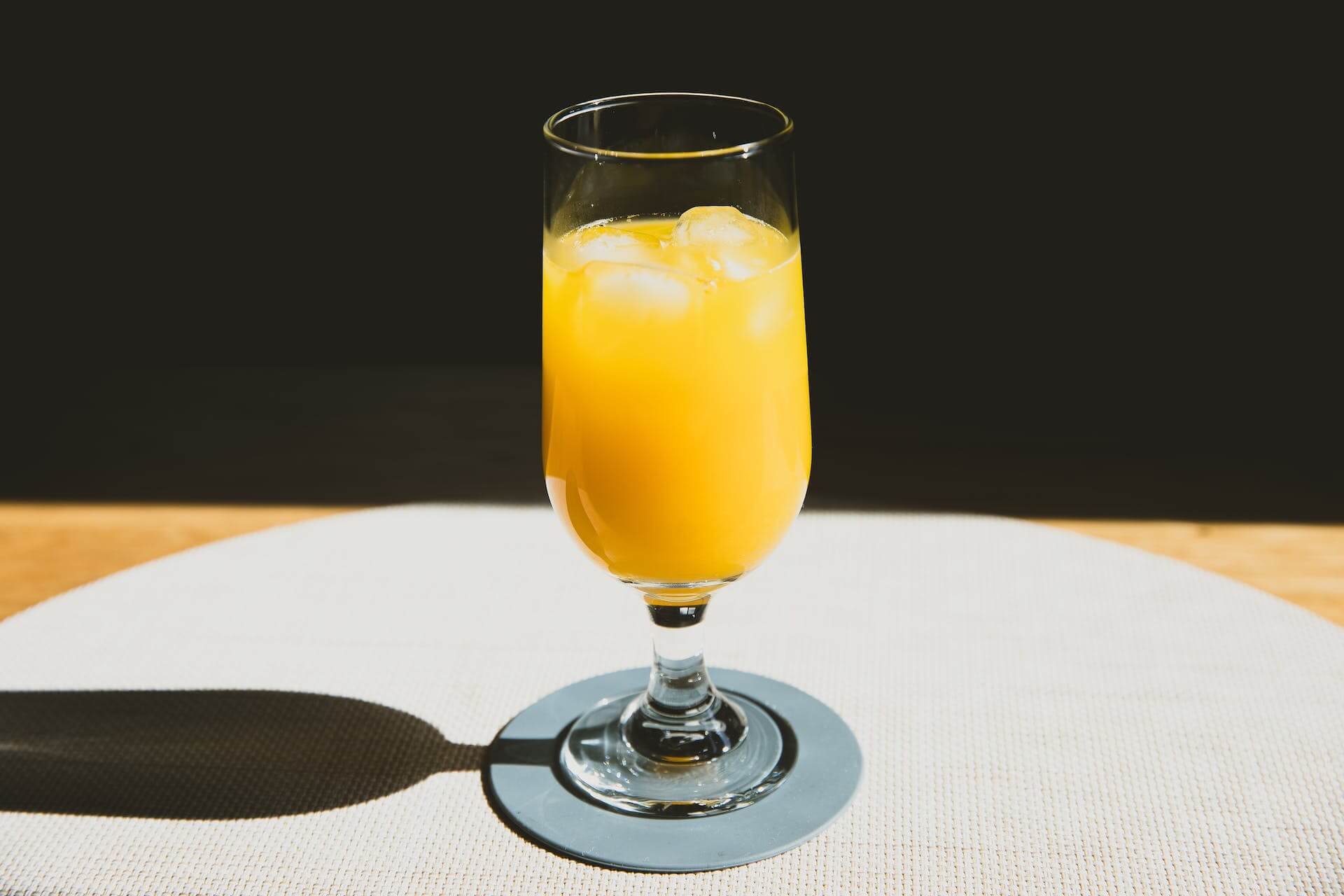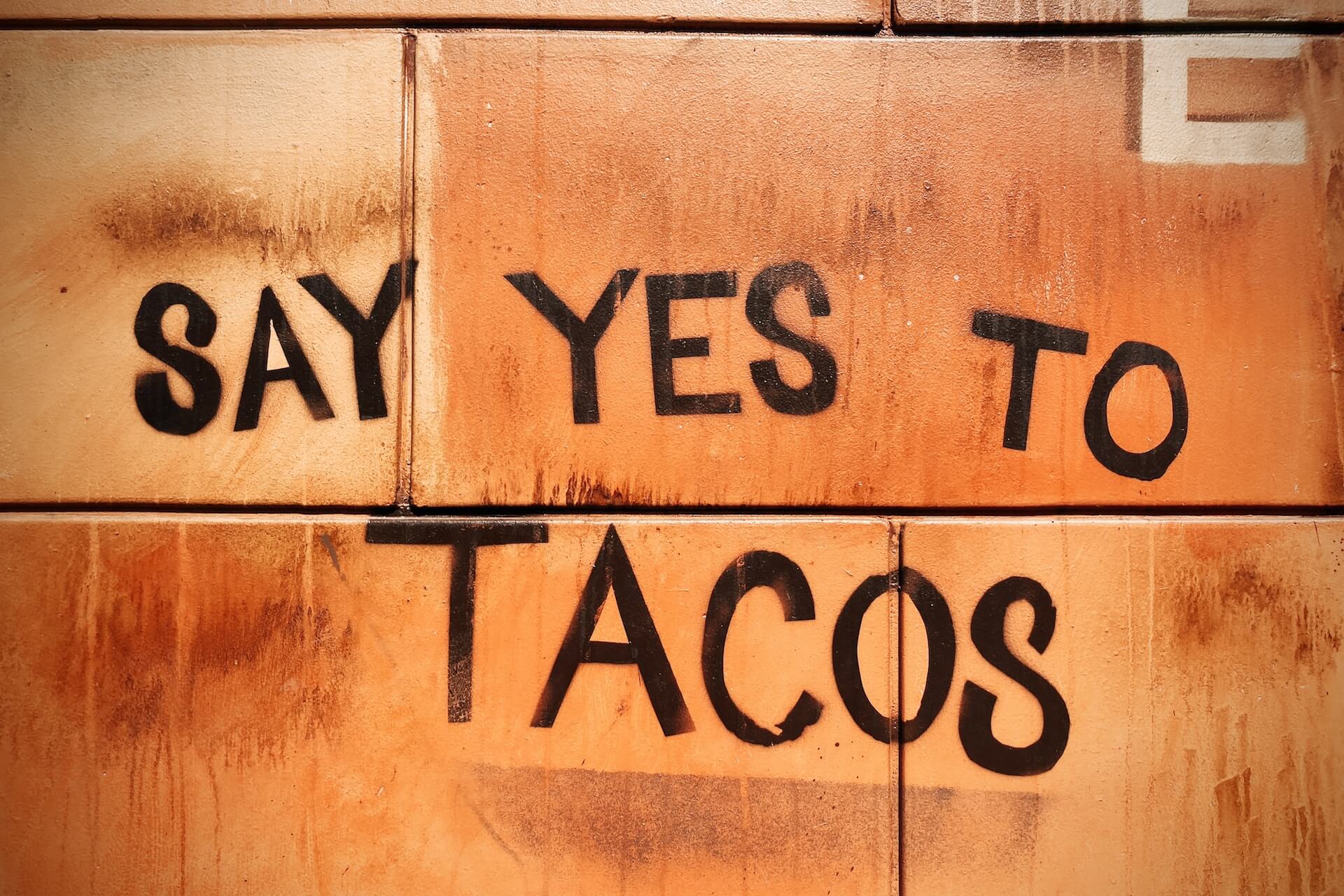Life is Peachy with These Pantone-inspired Cocktails
by David Klemt
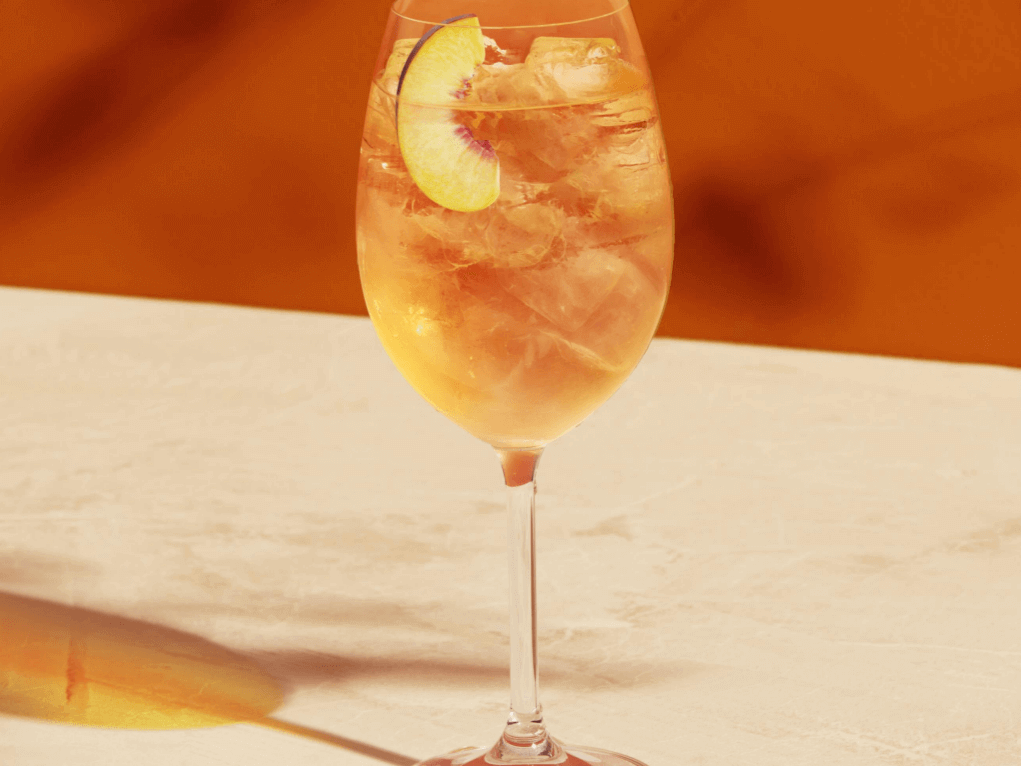
According to Pantone, the 2024 Color of the Year is Peach Fuzz, which communicates warmth, community, collaboration, and a sense of welcoming.
There’s a lot that operators can do with Pantone’s annual announcement.
For those who are curious, the 2023 Color of the Year was Viva Magenta, a bold, purplish shade of red. And in 2022, the color was Very Peri, a dynamic shade of blue.
If an operator is looking for a complete venue refresh, Peach Fuzz may be an effective choice. For example, people can leverage the 2024 Color of the Year with feature walls, seating, tablecloths, and physical menus.
Of course, not every operator is looking to undergo a redesign. In this case, there’s still plenty of opportunity to splash Peach Fuzz throughout a bar or restaurant. One simple and effective way is through the drink menu.
Below are three peach-forward cocktail recipes. They’re visually appealing, which is helpful since we tend to “drink” with our eyes first. And with peach brandy, puree, or bitters, they impart more than just color: peach fans will appreciate the flavor.
You’ll also find a recipe for the Cosmopolitan, the famous cocktail created by Toby Cecchini. It turns out Aubrey Plaza, the modern face of the Margarita, is also the spokesperson for the Cosmo. Just like they say there’s no Negroni without Campari, there’s no Cosmo without Cointreau.
Cheers!

Frankly, My Dear
- 0.75 oz. Cointreau
- 0.75 oz. Tequila
- 0.75 oz. Fresh lemon juice
- 0.5 oz. Peach puree
- 3 oz. Prosecco to top
- Peach wedge to garnish
Prepare a Collins glass by filling it with ice. Add all ingredients except for the Prosecco and garnish to a shaker with ice. Shake well, then strain into Collins glass. Top with Prosecco, garnish with a peach wedge, and serve.
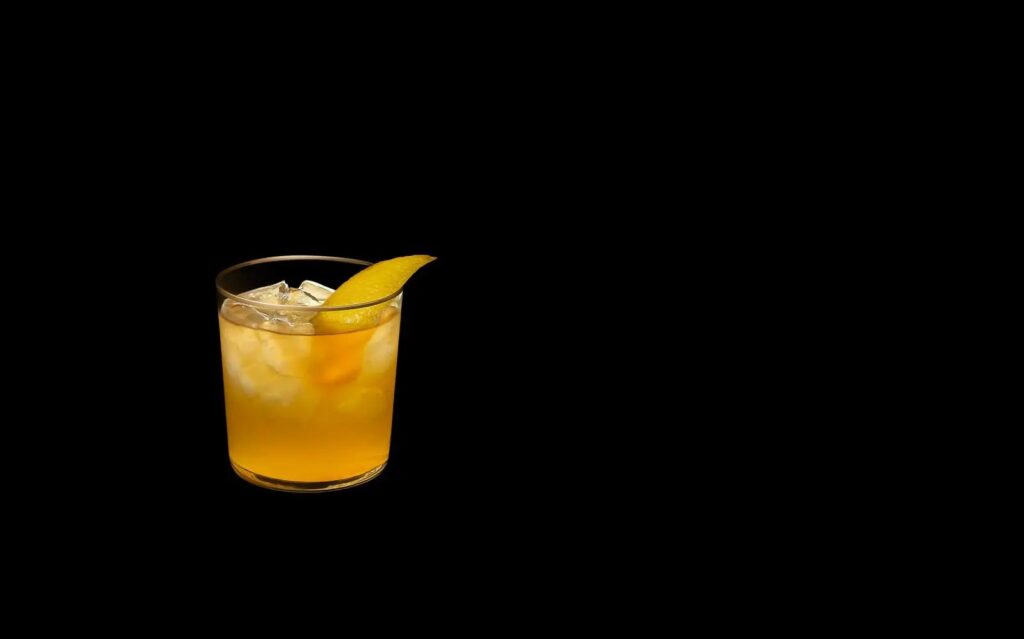
Fish House Punch
- 1 oz. Rémy Martin 300-Year Limited Edition VSOP
- 1 oz. Mount Gay Rum
- 0.75 oz. Fresh lemon juice
- 0.5 oz. Peach brandy
- 0.5 oz. Simple syrup
- 1.5 oz. Water
- Lemon zest to garnish
Add ice to a rocks, Collins, or other glass. Fill a cocktail shaker with ice, then add all ingredients except for garnish. Shake well, strain, garnish with lemon zest, and serve.
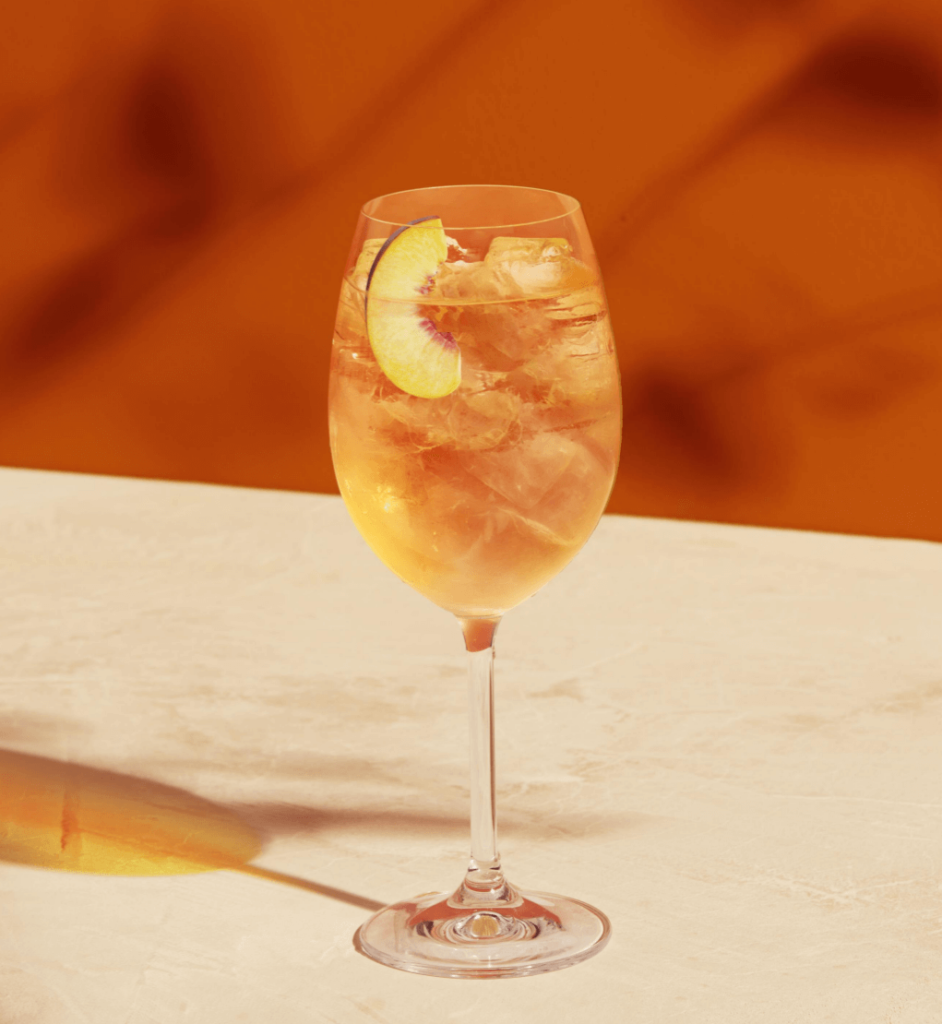
METAXA Peach Spritzer
- 1.5 oz. METAXA 7 Stars
- 1.5 oz. Prosecco or other sparkling wine
- 0.75 oz. Tonic
- 3 dashes Peach bitters
- Peach wedge to garnish
- For winter: Star anise and tree leaf to garnish
- For spring: Jasmine flower to garnish
For this cocktail, start by selecting a red wine glass. Add METAXA 7 Stars, then add bitters and ice. Stir, add tonic, then top with Prosecco or other sparkling wine. Garnish with a peach wedge.
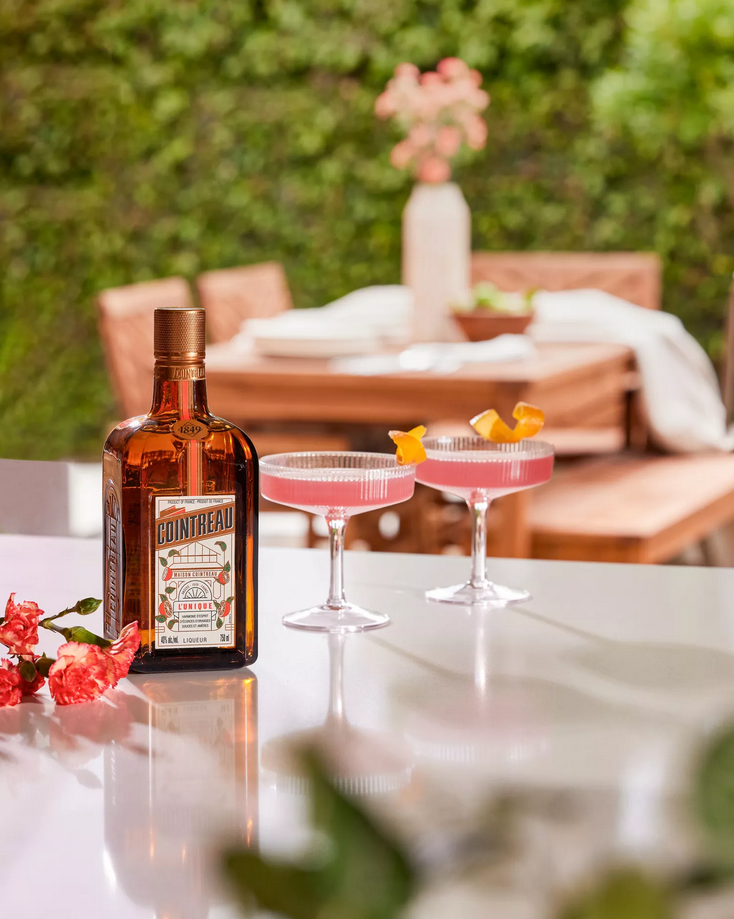
Cointreau Cosmo
- 1 oz. Cointreau
- 2 oz. Vodka
- 1 oz. Fresh lime juice
- 1 oz. Cranberry juice
- Orange twist to garnish
Your bartenders probably know how to make a Cosmo. But just in case, start by preparing a coupe or cocktail glass by chilling it. Add all the liquid ingredients and ice to a cocktail shaker. Shake well, then strain into the prepared glass. Garnish and serve.
Images belong to their respective brands.



